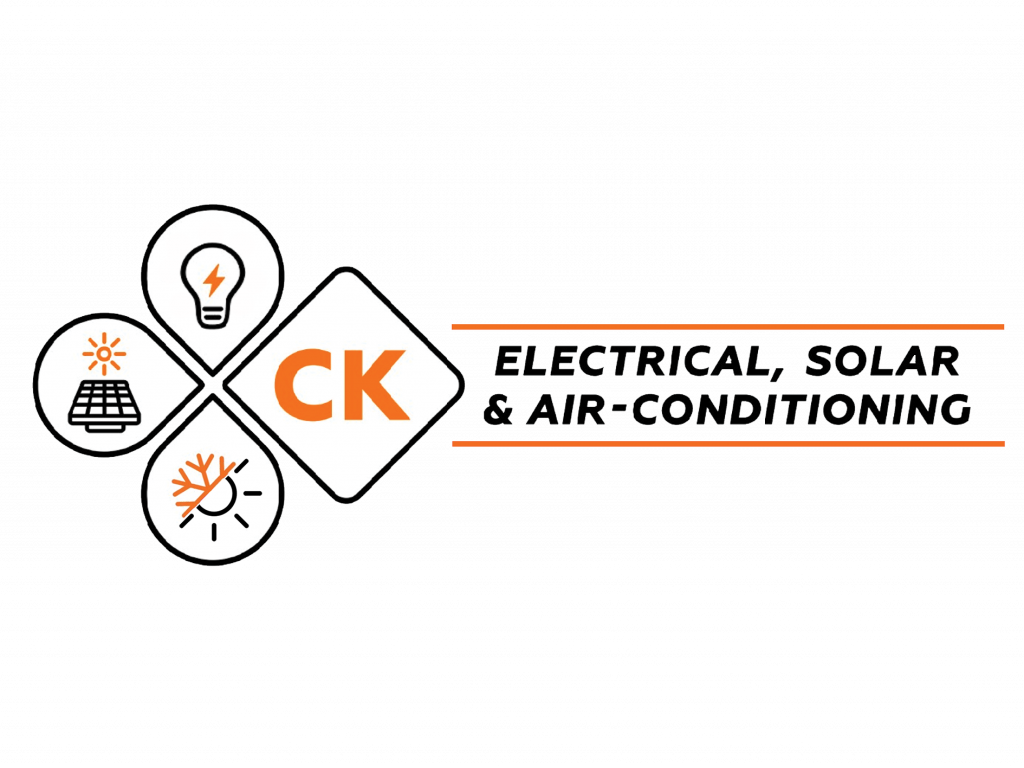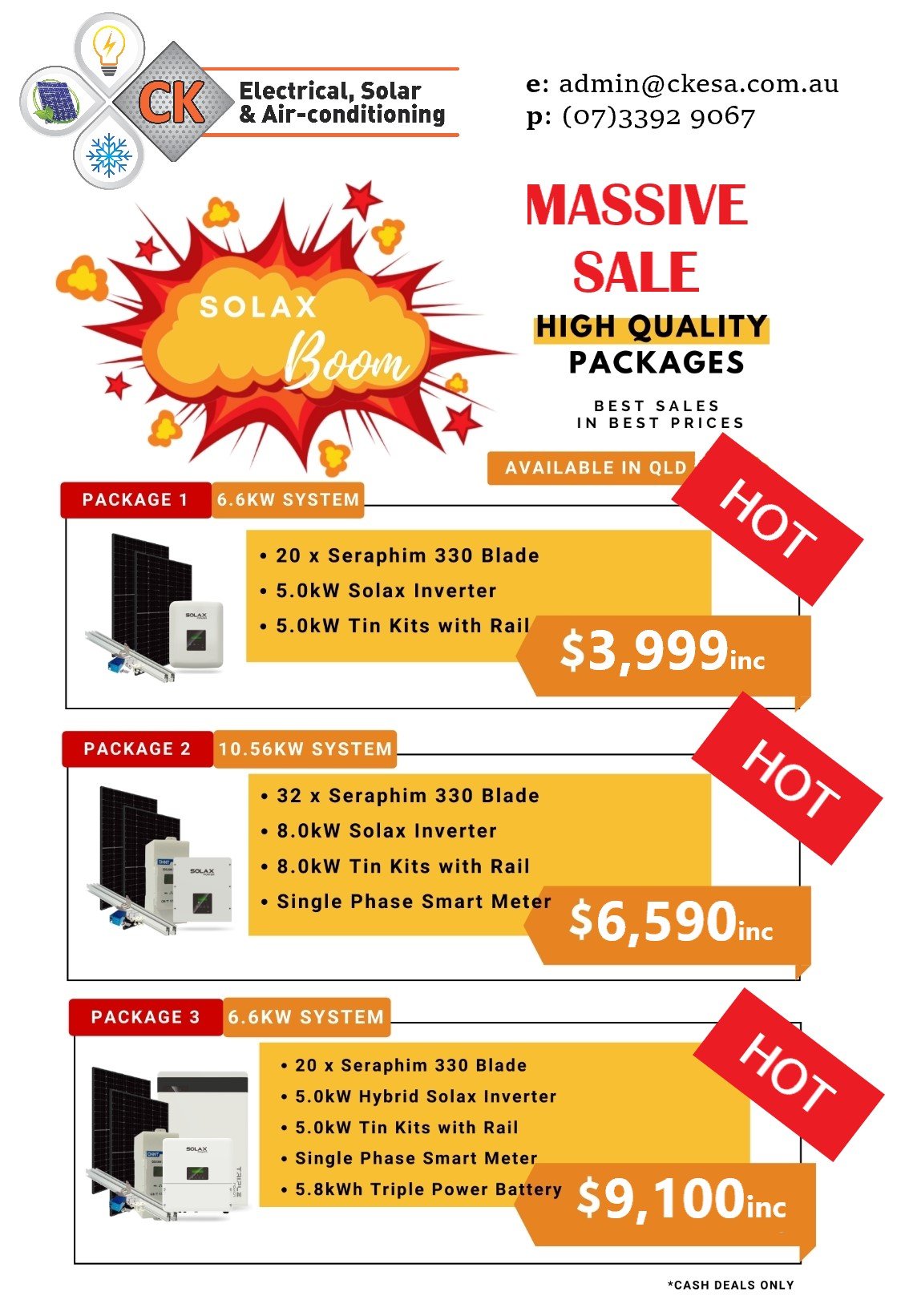How do you choose between the different types of air conditioners currently on the market? All types of air conditioners perform pretty much the same way, similar to how a refrigerator works, by sucking the warm air out of the room, passing it over pipes filled with chemicals (refrigerant) that chill the air, pumping the chilled air back into the room and the warm air dissipates to the outside. A by-product of this process is condensation, which has to be disposed of somehow.
Types of Room air conditioners
1. Window Air Conditioners
What is the window air conditioner? As the name suggests, these ac units are fitted into window openings and are suitable for cooling one room. These are probably the least expensive type of fixed unit and the fitting of them is fairly simple, but not for the average DIY enthusiast. To work efficiently they need to be sealed in place to prevent air leakage. Your electrician may be able to install the unit but you should check that they are fully licensed before carrying out any modifications to the power supply.
Downside: They do drip water and can take up valuable daylight and ventilation space.
2. Central Air Conditioning
Domestic air conditioning is usually considered in terms of individual rooms so what is the central air conditioner, and where would you use one?
The main components of the ac unit are situated in a cabinet outside the building, either on the roof or on a concrete slab at ground level. A series of ducts run from here to the rooms inside the building. Each room can be individually controlled and can be heated or cooled.
There are advantages in using such a system. They are more efficient than those that treat individual rooms, quieter and easier to maintain as all parts are in one place. However, space is needed externally to site the units and this will not suit many locations. As the system requires ducting throughout the building, it is best suited to new-builds.
3. Portable Air Conditioners
There are several types of indoor air conditioners that do not require an experienced electrician or specialist installation knowledge, you simply plug them in and off you go. The advantage of these units is that they are portable, so can cool your living room during the day and your bedroom at night. However, they do need to vent to the outside air and this is usually done via a flexible hose that can be passed through a window or patio door.
Most units are self-evaporating now but some have a condensate reservoir that requires emptying on a daily basis.
4. Through-the-Wall Air Conditioners
These operate in the same way as window ac units but they require a hole in the wall to pass the ventilation duct through. A competent contractor should be called in to form this hole, which will obviously have to be on an outside wall, as there may be wiring and insulation to deal with. Also, you need a tight fit for the duct, neatly finished on the outside.
If the unit is not floor mounted then some form of support will be required from the wall. Again, this is a specialist operation and will be dependent on the wall construction.
5. Ductless Split System Air Conditioners
What is a split system air conditioner? Where the central ac system has all main components in one place and a system of ducts throughout the house, split system units have the evaporator on the inside (usually wall or ceiling mounted) and the condenser on the outside, connected via a small diameter tube containing refrigerant.
Several internal evaporators can be connected to one condenser, making it a multi-zone installation similar to the central system.
The external condenser can be quite unsightly and usually will need some type of wall support if it cannot be floor mounted.
6. Packaged Terminal Air Conditioners (PTAC’s)
PTAC’s are larger versions of through-the-wall units, where the compressor both cools and heats as required. Usually seen in hotels, these are not suitable for average domestic situations. However, if you have a large space to cool or heat, these may be worthy of consideration.
7. Evaporator or “Swamp” Coolers
Swamp coolers use an entirely different method of cooling, relying on air passing over wet pads. They are available in similar forms to conventional ac units; either cooling individual rooms or connected to ductwork to cool several. They can be fixed or mobile, but the latter is not as efficient.
They are more economical to run than air conditioning systems, using less energy. However, swamp coolers require more maintenance and regular cleaning and do not work in areas of high humidity.
8. Geothermal Heating and Cooling
Using entirely different technology, geothermal heating and cooling are ecologically the best, not relying on any fossil fuel other than to power a fan. It is comprised of a series of pipes buried 4 to 6 feet below the ground and an indoor handling unit that contains a heat exchanger.
Because the ground temperature is virtually the same all year round at this depth, during the winter time the fluid in the pipes absorbs the heat from the earth and carries it indoors to the handling unit where it is compressed to raise the temperature further before distributing it around the house. In the summertime, heat from the house is taken out through the handling unit to dissipate into the ground through the pipes.
It all sounds too perfect, virtually free energy to heat and cool the home, but there are several disadvantages. First of all, the cost. Without Government grants, the initial outlay is typically around £13,000 or A$25,000, and estimated payback period (the time taken for the system to pay for itself through energy savings) is anything from 20 to 50 years, so the person who installs it rarely ever sees any “free” energy.
Secondly, you do need plenty of outside space to install the pipework.


